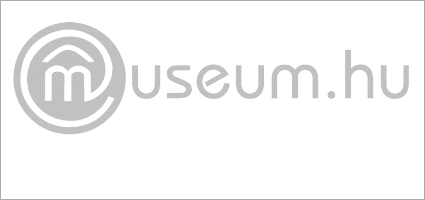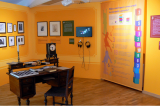2025. July 19. Saturday
The Museum of the Hungarian Language - Sátoraljaújhely - Széphalom

|
Address: 3988, Sátoraljaújhely - Széphalom Kazinczy u. 275.
Phone number: (47) 521-236
E-mail: info@nyelvmuzeum.hu
Opening hours: Tue-Sun 9-17
|
The Museum of Hungarian Language opened on 23 April 2008 in Széphalom, on site where the orchard of Ferenc Kazinczy was once located. A modern building designed by the Ybl Prize awarded architect György Radványi perfectly suiting nature hosts the exhibition. The idea of the museum came from Dr. Emil Pásztor former linguist at the Training Collage in Eger, and member of the Kazinczy Society.
The exhibition rooms, a bookshop and an auditorium and a seminar room are open for visitors. Modern audio- and video equipment facilitate concerts, culture-related meetings, and literary evenings. The permanent exhibition presenting the past, present and hopefully successful future will be completed by 23 October 2009. The exhibition is to demonstrate the development of the Hungarian language and its present day variations.
The exhibition rooms, a bookshop and an auditorium and a seminar room are open for visitors. Modern audio- and video equipment facilitate concerts, culture-related meetings, and literary evenings. The permanent exhibition presenting the past, present and hopefully successful future will be completed by 23 October 2009. The exhibition is to demonstrate the development of the Hungarian language and its present day variations.
